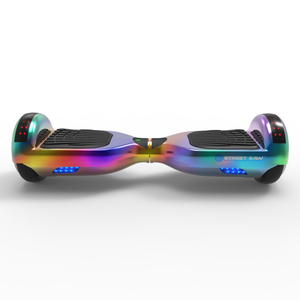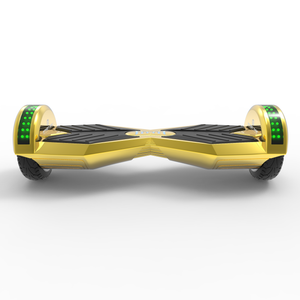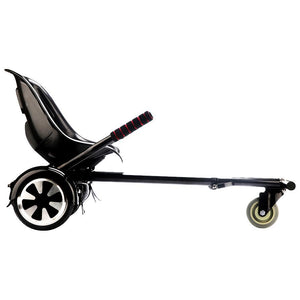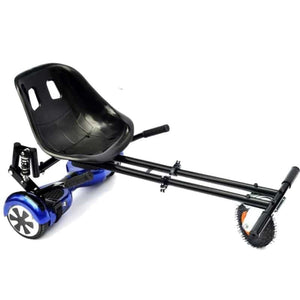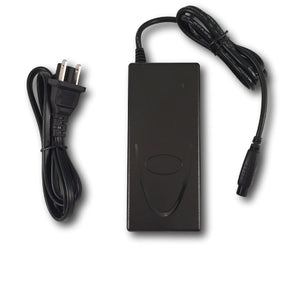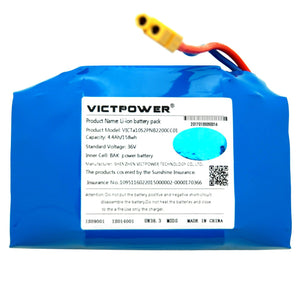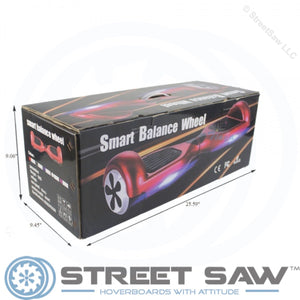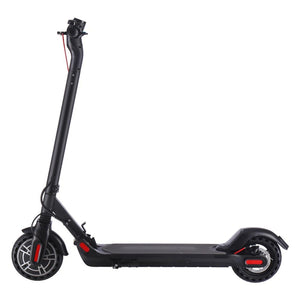How Does a Hoverboard Work?
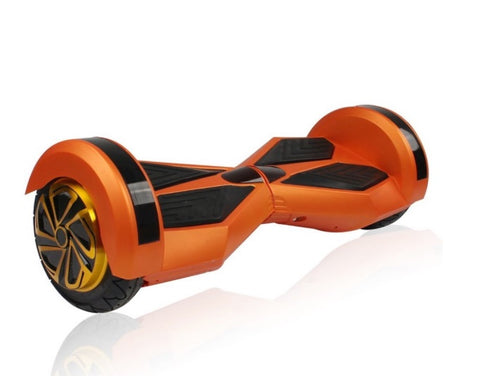
There are so many people interested in hoverboards now, but many just don't understand how a hoverboard works.
And why would they? These things are easy to operate without having to know such details!
Having quickly captured the attention of young children and adults everywhere, hoverboards are a fun and very exciting way to travel.
But what exactly makes these contraptions work?
Is it magic? Is it hocus pocus? No...
The people whom are truly missing out a new era are those who have yet to take an interest in hoverboards, as they have no idea the kind of fun they're missing out on!
These people first need to learn how to ride a hoverboard. Of course, you probably already know how, so lets get to the point!
How do hoverboards move?
When it comes to learning about how hoverboards operate, there are several different things that you need to learn about this process before understanding exactly how they move.

Lets start off with the components inside of a hoverboard, shall we?
Hoverboard Components
There are several components that hoverboards come equipped with, that all take a part of how it operates. These components include:
- Pressure pads
- LED lights
- Charging port
- Battery
- Power switch
- Two infrared sensors
- Control board
- Gyroscope (2)
- Steel frame
- Central pivot
All of these components must be used together in order for a hoverboard to work. Each and every part plays a big roll in how a hoverboard is able to glide around effortlessly (and take you along with it).
Wheels / Motors
Every hoverboard has two wheels. Inside of each wheel is an electric motor. This is also where the speed sensor is located. The RPM of each individual wheel is detected, and then sent back to the control board. The motherboard, also known as a logic board or control board, then detects the current speed and the tilt signals from the gyroscope.
Motherboard

After the information is sent to the motherboard (shown above), it will begin to process the data. Information such as RPMs, speed, and tilt information are all processed at lightning speed.
Once all of this data is processed, the motherboard signals back to the motors to take a specific action, based on the millions of data bytes processed per second.
Gyroscopes

What I would consider to be one of the most important features of a hoverboard are the gyroscopes. Each hoverboard has two gyroscopes from which it receives tilt and acceleration information from. This is part of the data that is sent to and processed by the motherboard.
The gyroscopes are also what sense the level of the earth. These gyroscopes may come out of whack from time to time, and a calibration may be done to zero them. If this happens to you, watch this video about how to calibrate a hoverboard.
Battery

Battery packs for hoverboards are what keep everything powered. Without the hoverboard battery pack, it would not able to operate, balance, or move forward and backward.
Pressure Pads
Pressure pads are the area on top of a hoverboard where people place their feet. Most people are intimidated by these, and seem to think that there are very complex parts underneath.
This is not necessarily true!
Underneath the pressure pads sit two different rubber pieces. These act in conjunction with the gyroscopes as switches. When you step on top of a hoverboard, it pushes the pads into two rubber triggers, which break an infrared LED sensor kind of like when you're running out of the garage. This infrared sensor then tells the motherboard that a rider is on and to begin balancing.
Once the infrared light is interrupted, the brushless motors go to work, making you move forward and backward. It is a very clear process to understand once you get the hang of it.
Remote (Bonus Feature!)

A remote control is included with some hoverboards. What does the remote do? It gives you the ability to lock the hoverboard when not in use. Additionally, the remote control is able to put your hoverboard into different modes, such as a beginners mode.
All of these sensors in your board relay information to the motherboard, or "brain," of your hoverboard. It will then tell the board's "brain" exactly how you are standing on it, and which direction it is that you are leaning.
Any movement you make, and any direction you lean in, will indicate just how quickly your hoverboard will go. Therefore, even though a hoverboard has many components inside of it the simplest way to explain how a hoverboard works is that it mainly relies on your distribution of weight to make it function.
If you're one of those individuals who are interested in using a hoverboard, but are intimidated, then take a chance!
If you haven't experienced one yet, then all of this information above should help you during your first ride. Go to our store now and see which model suits you the most!

